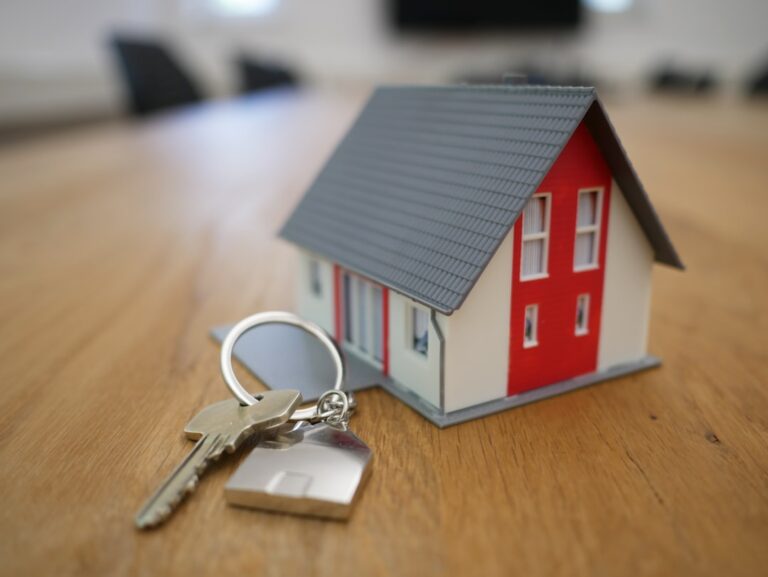Joint Debt Consolidation Loans offer homeowners a powerful tool to simplify multiple debts, including credit cards and mortgages, into one lower-interest loan. This strategy saves money, reduces hassle, and frees up funds for home improvements. By securing the loan against property equity, borrowers can access cost-effective financing while efficiently managing their financial obligations. After consolidation, successful budgeting ensures improved cash flow, enabling homeowners to focus on enhancing their living spaces without adding new debt.
Looking to transform your home but burdened by multiple debt? Joint Debt Consolidation Loans offer a powerful solution. This comprehensive guide explores how combining your existing debts, including credit cards and personal loans, into a single mortgage can fund much-needed renovations without adding to your financial stress. Discover the benefits, loan options, application process, and budgeting tips for making informed decisions about your home improvement journey with this strategic financing approach.
- Understanding Joint Debt Consolidation Loans: A Comprehensive Guide
- Benefits of Using Debt Consolidation for Home Improvement Projects
- How do Joint Debt Consolidation Loans Work?
- Choosing the Right Loan Option for Your Renovations
- The Process of Securing a Debt Consolidation Mortgage
- Tips for Effective Budgeting After Taking Out a Joint Debt Consolidation Loan
Understanding Joint Debt Consolidation Loans: A Comprehensive Guide

Joint Debt Consolidation Loans are a strategic financial tool designed to simplify multiple debt obligations by combining them into a single, more manageable loan. This comprehensive approach offers several advantages for homeowners looking to fund home improvements or renovations. By consolidating debts like credit cards, personal loans, or even existing mortgages, individuals can reduce the complexity of their financial situation and potentially lower overall interest rates.
These loans work by taking out a new mortgage with a lower interest rate, which is then used to pay off the outstanding balances on other debts. This process not only streamlines repayment but also provides the benefits of long-term debt reduction and improved cash flow. Homeowners can free up funds previously dedicated to various debt payments, making it easier to afford home renovation projects while enjoying the peace of mind that comes with having less financial burden.
Benefits of Using Debt Consolidation for Home Improvement Projects

Debt consolidation loans, especially those tailored for home improvements, offer several advantages to homeowners looking to enhance their living spaces. One of the key benefits is the ability to simplify financial management. By combining multiple debts into a single loan with a potentially lower interest rate, homeowners can streamline their repayment process. This means less hassle in keeping up with various payment schedules and the potential for significant savings over time.
Additionally, Joint Debt Consolidation Loans provide an opportunity to focus on home improvement projects without the immediate burden of additional debt. With these loans, homeowners can access funds specifically for renovations, allowing them to plan and execute their desired changes without worrying about the financial strain. This strategic approach enables folks to create their dream homes while maintaining a manageable financial outlook.
How do Joint Debt Consolidation Loans Work?

Joint Debt Consolidation Loans offer a strategic financial solution for homeowners looking to enhance their living spaces. This type of loan is designed to consolidate multiple debts, such as credit card balances or personal loans, into a single mortgage-backed loan. The beauty lies in its simplicity; it allows borrowers to pay off various debts with different interest rates and terms under one roof, simplifying repayment management.
With a Joint Debt Consolidation Loan, homeowners can access funds for home improvements or renovations while potentially reducing their overall monthly outgoings. The loan is typically secured against the equity of the property, providing lenders with a safeguard. This method can be advantageous for those struggling to manage multiple debt payments, offering a more organized and potentially cost-effective approach to repaying debts related to home enhancements.
Choosing the Right Loan Option for Your Renovations

When considering funding home improvements or renovations, one powerful tool to explore is a Joint Debt Consolidation Loan. This loan type allows homeowners to bundle multiple debts, including credit cards and personal loans, into a single repayment with a lower interest rate. By doing so, it provides financial flexibility and can free up funds for renovation projects. With a consolidated debt, you’ll have more cash flow available to invest in transforming your space.
The key is selecting the most suitable loan option based on your specific needs and financial situation. Lenders offer various types of Joint Debt Consolidation Loans, each with its own terms and conditions. Some may be suited for minor upgrades, while others cater to extensive renovation projects. Researching different lenders and comparing interest rates, repayment periods, and any associated fees is essential. This careful consideration will ensure you choose the best loan fit for your home improvement journey.
The Process of Securing a Debt Consolidation Mortgage

Securing a debt consolidation mortgage for home improvements involves a straightforward process, particularly when combined with joint debt consolidation loans. The first step is to assess your financial situation and determine the amount you wish to borrow. This requires evaluating the current market value of your property and calculating the cost of the desired renovations. A reliable financial institution will guide you through this evaluation, ensuring accuracy and offering personalized advice.
Once you’ve established the loan amount, you’ll need to prepare necessary documentation, such as proof of income, employment history, and property ownership. The lender will then process your application, evaluating your creditworthiness based on these documents. If approved, the lender will offer a loan package tailored to your needs, outlining repayment terms, interest rates, and any associated fees. This package allows you to make informed decisions before proceeding with the consolidation mortgage for your home improvement project.
Tips for Effective Budgeting After Taking Out a Joint Debt Consolidation Loan

After securing a Joint Debt Consolidation Loan, effective budgeting becomes essential to make the most of your newfound financial freedom. Start by creating a detailed budget that accounts for all income and expenses. Allocate funds for fixed costs like mortgage payments, utilities, and insurance. Then, set aside money for variable expenses such as groceries, transportation, and entertainment.
Prioritize home improvement or renovation projects based on both their potential impact on property value and your family’s needs. Allocate a reasonable portion of your budget to these projects while ensuring you have savings left over for emergencies. Regularly review and adjust your budget to stay on track financially and avoid accumulating new debts.
Debt consolidation mortgages, particularly Joint Debt Consolidation Loans, offer a strategic approach to funding home improvements. By consolidating multiple debts into one manageable loan, homeowners can streamline their finances and free up funds for renovations. This article has provided an in-depth guide on understanding these loans, leveraging their benefits, and navigating the application process. With careful planning and effective budgeting post-loan, Joint Debt Consolidation Loans can be a powerful tool to transform your living space without overwhelming debt.
